February 17-20, 2023 Antarctica
It’s hard to describe Antarctica or do it justice with photos. It’s not owned by any country, but many countries contribute to research with scientists, navy vessels, helicopters, or resources of one kind or another through the Antarctic Treaty—a very unique set of agreements. The treaty emphasizes scientific cooperation, protection of the environment, conservation of plants and animals, preservation of historic sites, management of tourism among other agreements. No wars here, no border disputes. Not many people.
This inhospitable environment is teeming with wildlife. Whales, seals, penguins, sea birds. Brilliant green mosses appear rarely on hillsides, breaking with the black, white, and distinctive glacier-blue motif. Whaling is not allowed, and we didn’t see any signs of fishing although some fishing is allowed. Ships have very slow speed mandates to avoid whale strikes (a major cause of whale deaths we were told).
Tourism is growing by leaps and bounds. We saw many cruise ships and “expedition ships”—small enough to coordinate landings via zodiacs. Our ship, although small by cruise ship standards, was too large to do this. A surprising number of passengers on our ship have been here before on smaller ships. One couple I spoke with were part of a lottery group that camped out on the continent for several days in December. Now they’re here again, just a couple of months later. It sounds pretty crazy, but with proper resources I can see how it could happen.
We brought down jackets, wool sweaters, gloves, leggings, and hats, and still weren’t dressed warmly enough at times. Sometimes the sun came out, sometimes it was sleeting sideways. We had snow. We had rain. Still, it was hard to stay inside when humpback whales swam by. Or a group of Gentoo penguins were leaping out of the water, hunting next to the ship. Or when an iceberg with a napping leopard seal floated by. Or when we passed by a giant colony of chinstrap penguins (100,000 mated pairs)—some climbing up a steep hill, others hanging out on the beach.
One man from Florida has been here before but keeps coming back. “How can you describe this to people back home?” He prefers to be on deck despite the cold. I know how he feels.
Our ship does not have a thick enough hull to plow through ice. So we had an ice expert traveling with us, helping our captain make good decisions about where to go and when. They did an excellent job navigating through ice floes. Our original itinerary charted a route in Admiralty Bay, Paradise Bay, and Half Moon Island. Our actual route varied from this depending on ice and weather conditions.
We had a group of naturalists on board, giving talks about sea birds, whales, the history of exploration in Antarctica, and responsible tourism. They wore blue vests with “Penguin Brigade” enblazened on them and were outside on deck most daylight hours making announcements when a pod of whales came by, or gentoo penguins were spotted in the waters, or any interesting animal or bird or ice structure was nearby, letting us know which side of the ship was best for viewing.
Come research indicates that too much contact with humans is detrimental to the animals. We were advised that penguins may appear to be indifferent to humans walking among them, but stress hormones increase resulting in fewer young born, shorter life span. Likewise, avoid whale watching tour operators who advance too close to whales. If the whales approach the boat—lucky you! But they can get stressed with boats zooming toward them.
I hope the following photos give some inkling of this wondrous place.
 |
| Wonderland from aboard our ship |
 |
A rare blanket of green moss
|
 |
| Penguins on a large iceburg |
|
| NOT penguins. This is a landing party hiking to look at penguin colony. |
 |
| Leopard seal napping on iceberg |
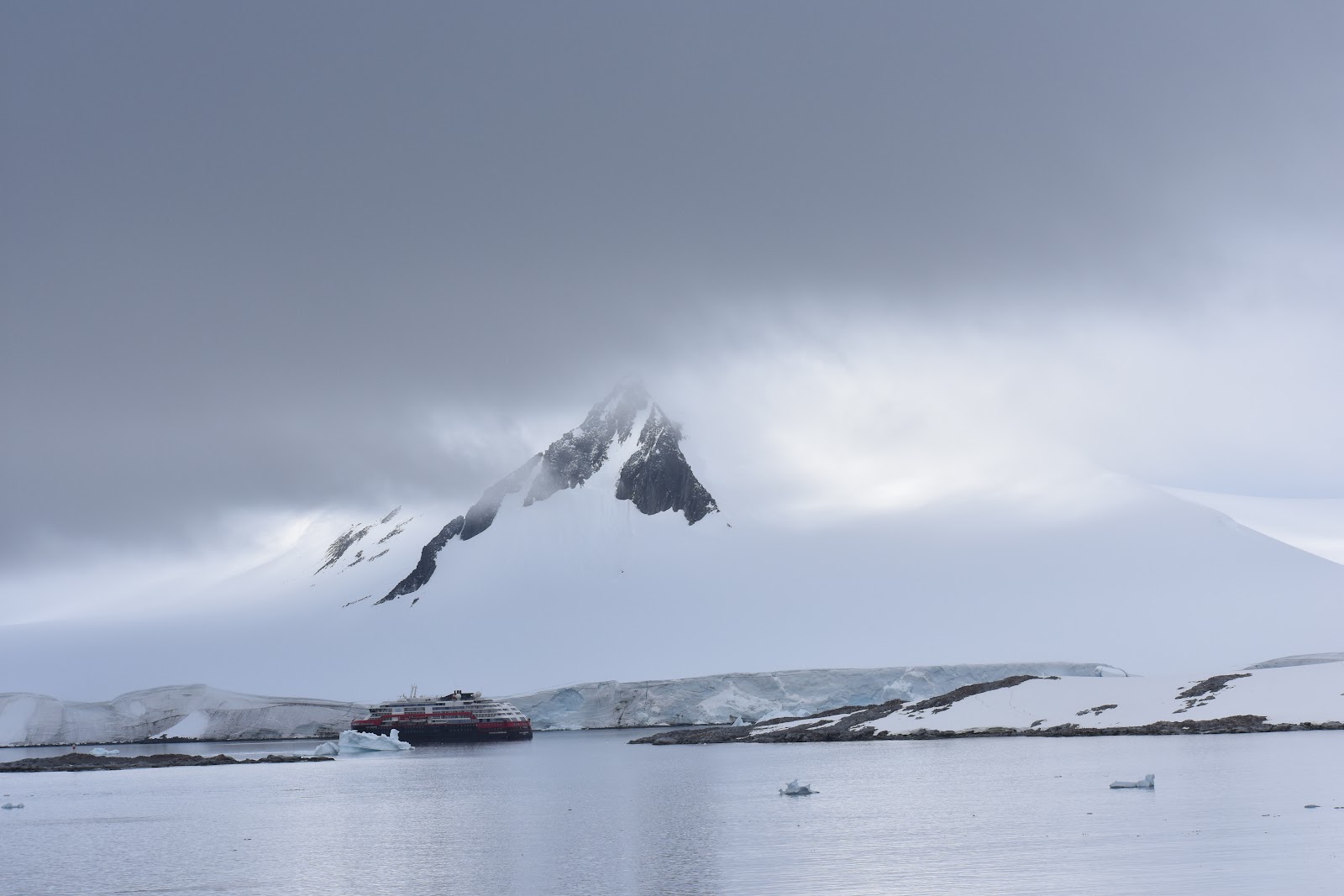 |
| Perspective with ship |
 |
| Humpback whale’s tail as it dives down. |
 |
| A humpback whale's blowhole. They came close to the ship. |
.
 |
| Humpback whale's dorsal fin. |
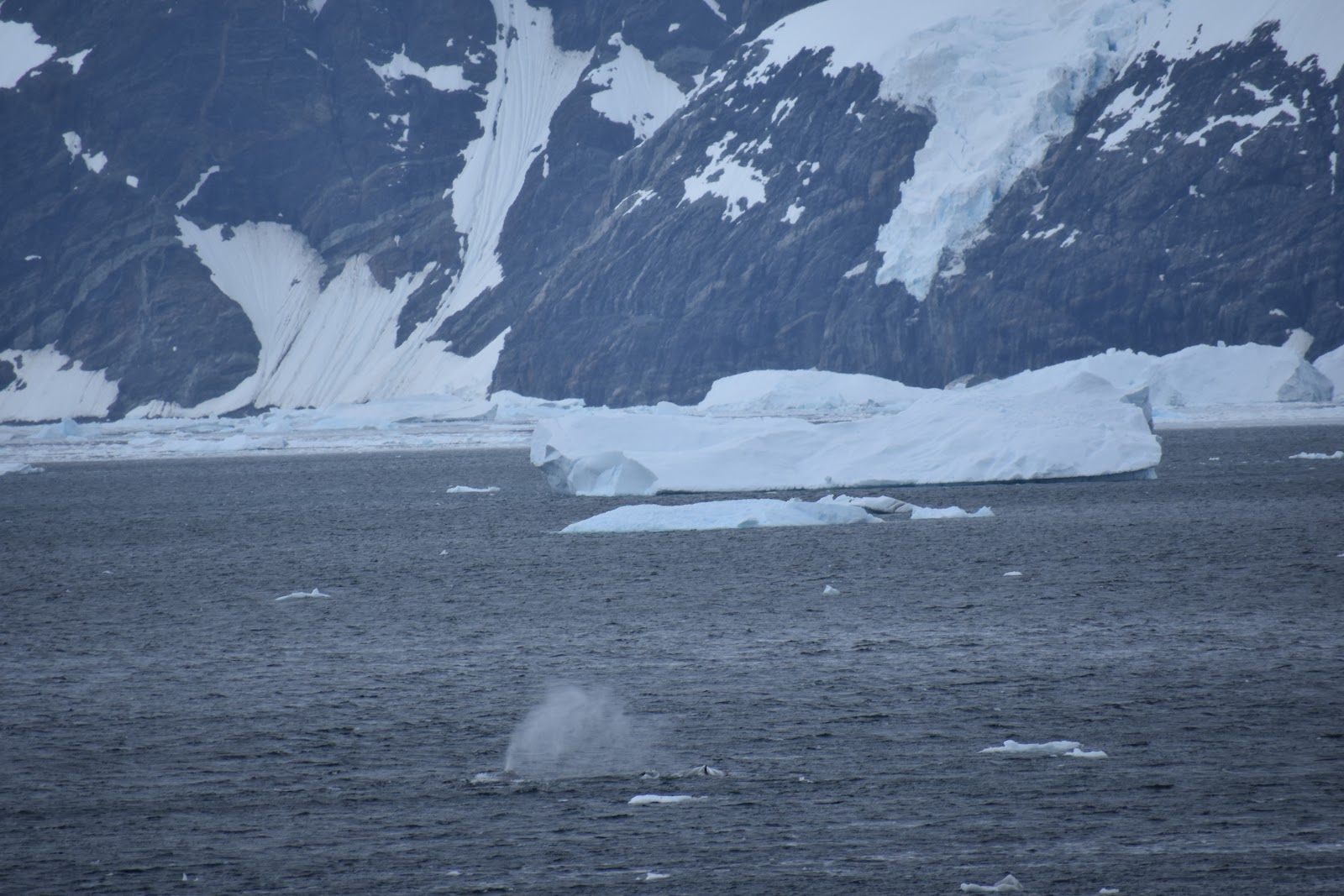 |
| Thar she blows! |
 |
| Our ice expert had his work cut out for him. There were lots of iceburgs |
 |
| Iceberg with arch |
 |
| Us in front of iceberg with arch |
 |
| We got closer to it. 60-90% of the iceburg can be underwater. |
 |
| Some were massive |
 |
| Some perspective on size of icebergs--that was not a small ship |
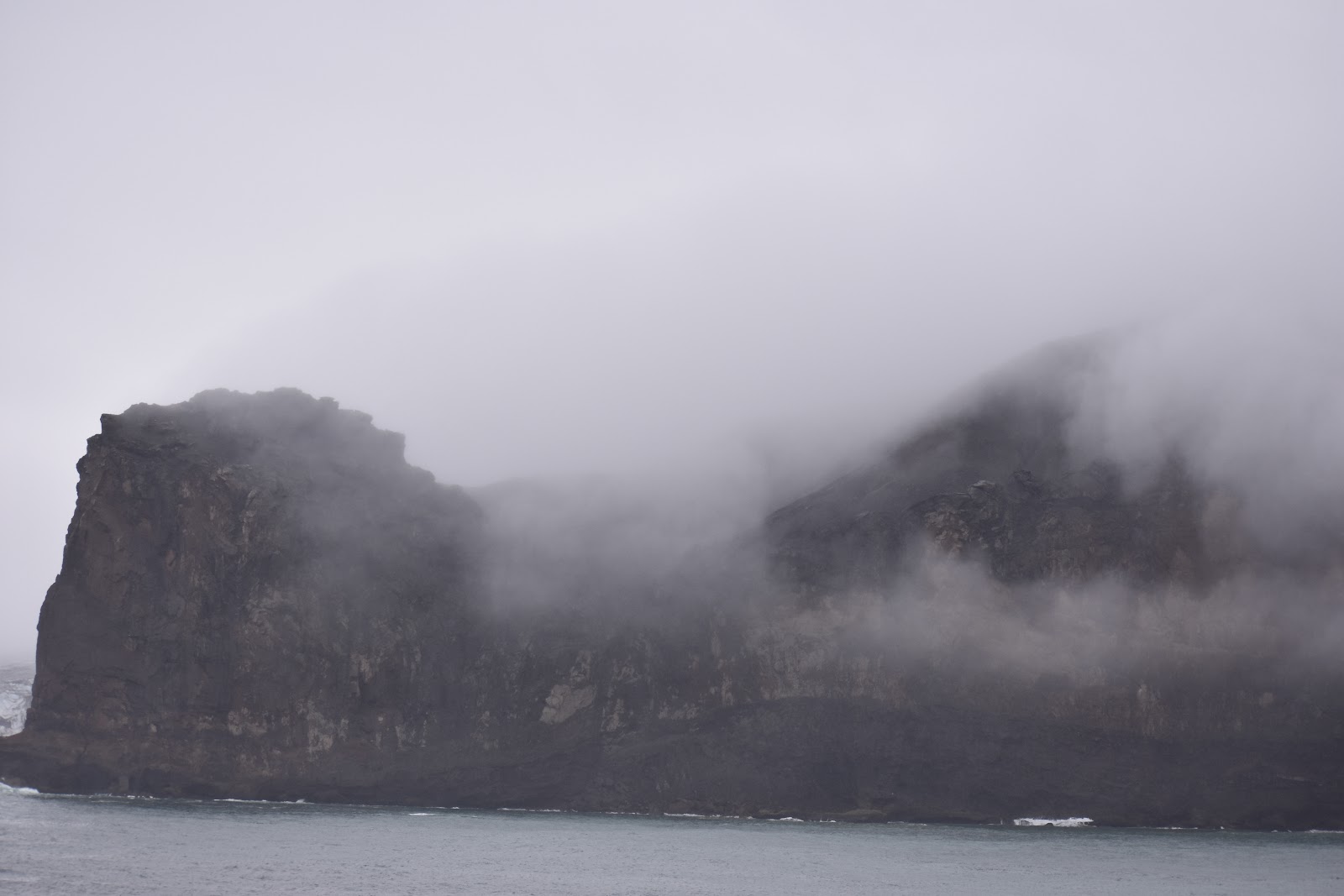 |
| Sometimes it was foggy |
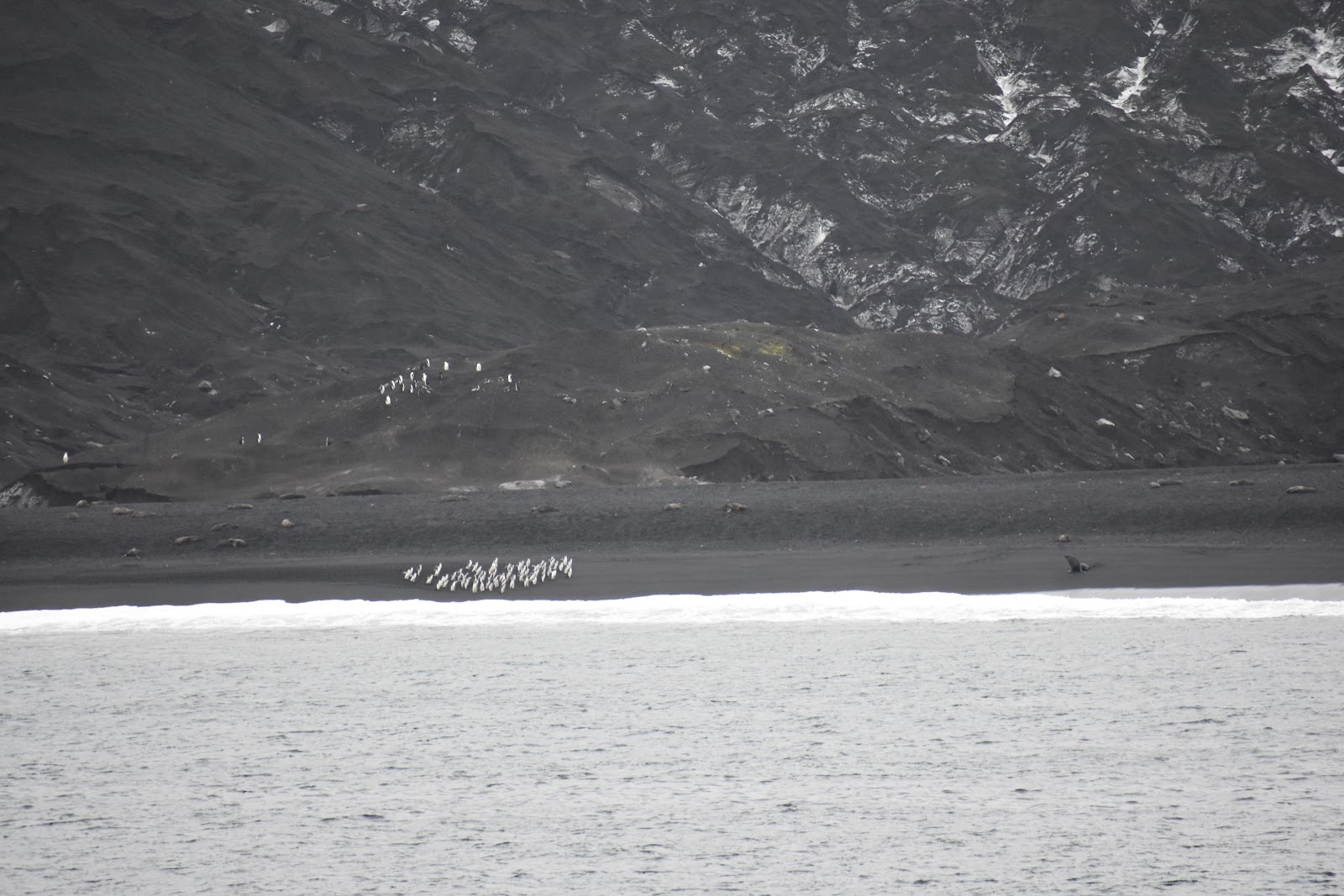 |
| Penguins (white) and seal (black) on the same beach |
 |
| Hard to see without enlarging, but the white and black dots over the hillside are a huge chinstrap penguin colony |
 |
| Unmistakable glacier blue |
 |
| You’ll recognize the one on the right from the previous photo |
 |
Iceberg sculptures
|
 |
| The only sailboat we saw |
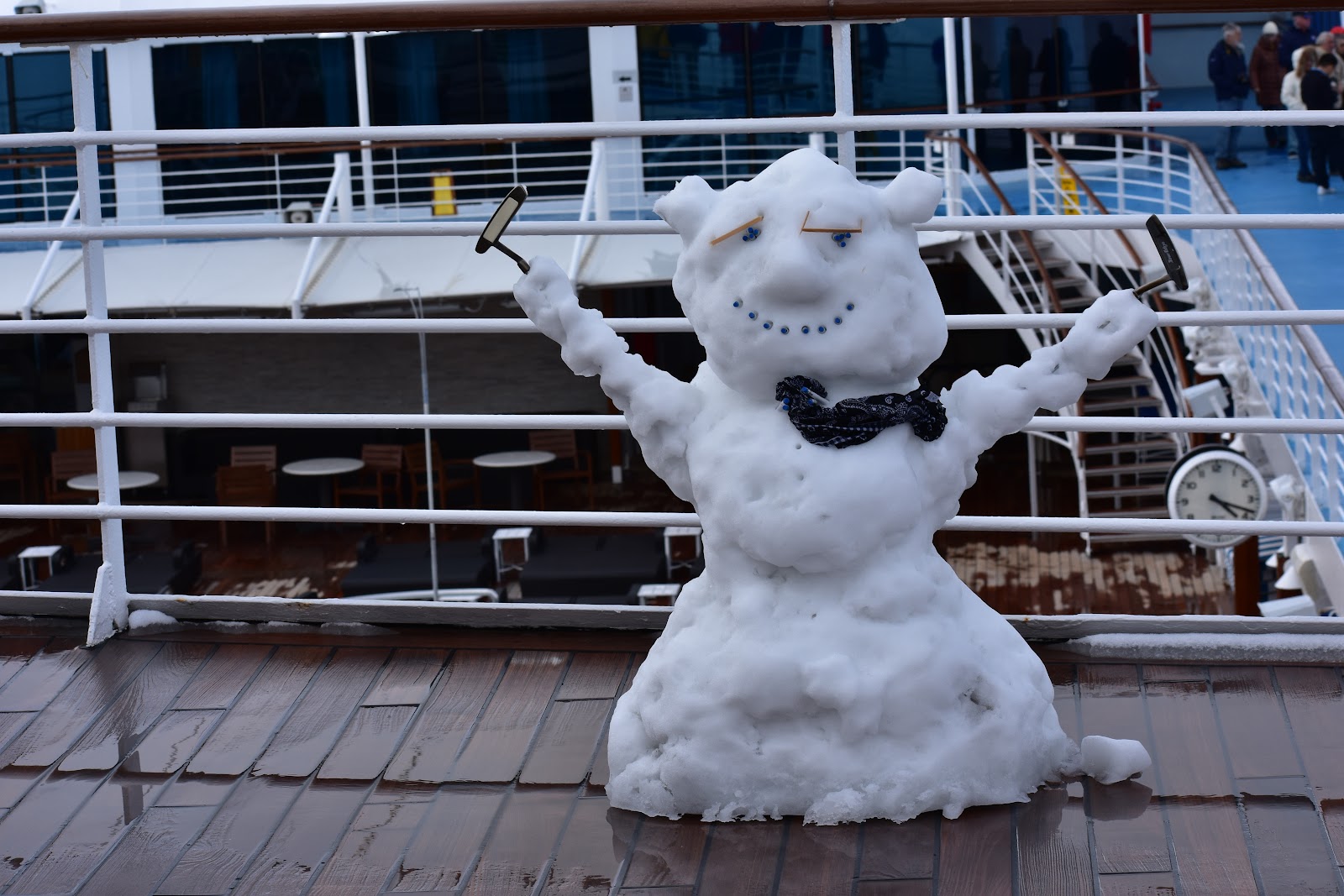 |
| Antactica is considered a desert, but it snowed! |
 |
| A gentoo penguin leaping out of the water while hunting |
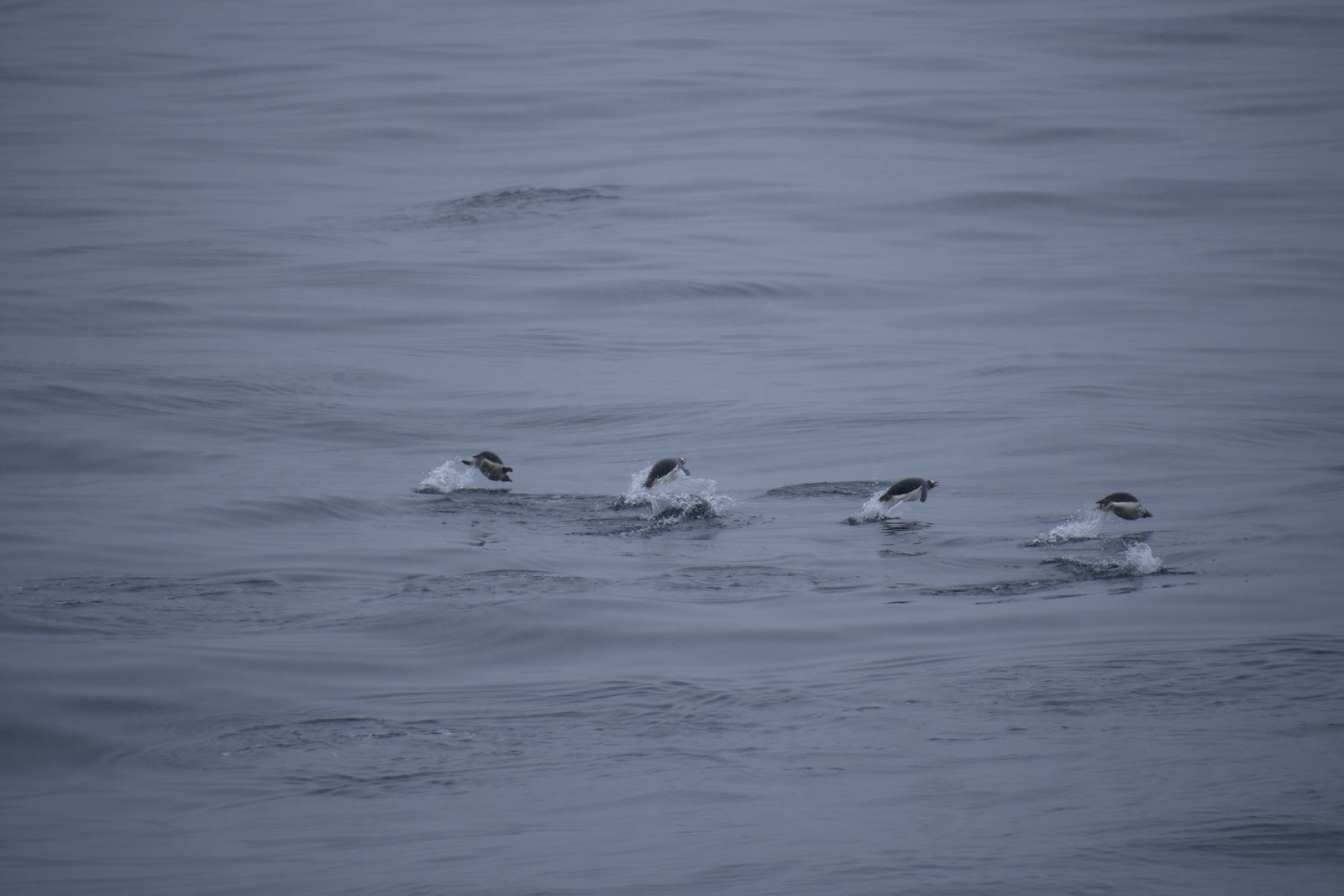 |
| Gentoo penguins look almost like fish leaping out of the water |
 |
| A seabird catching a ride on an iceburg |































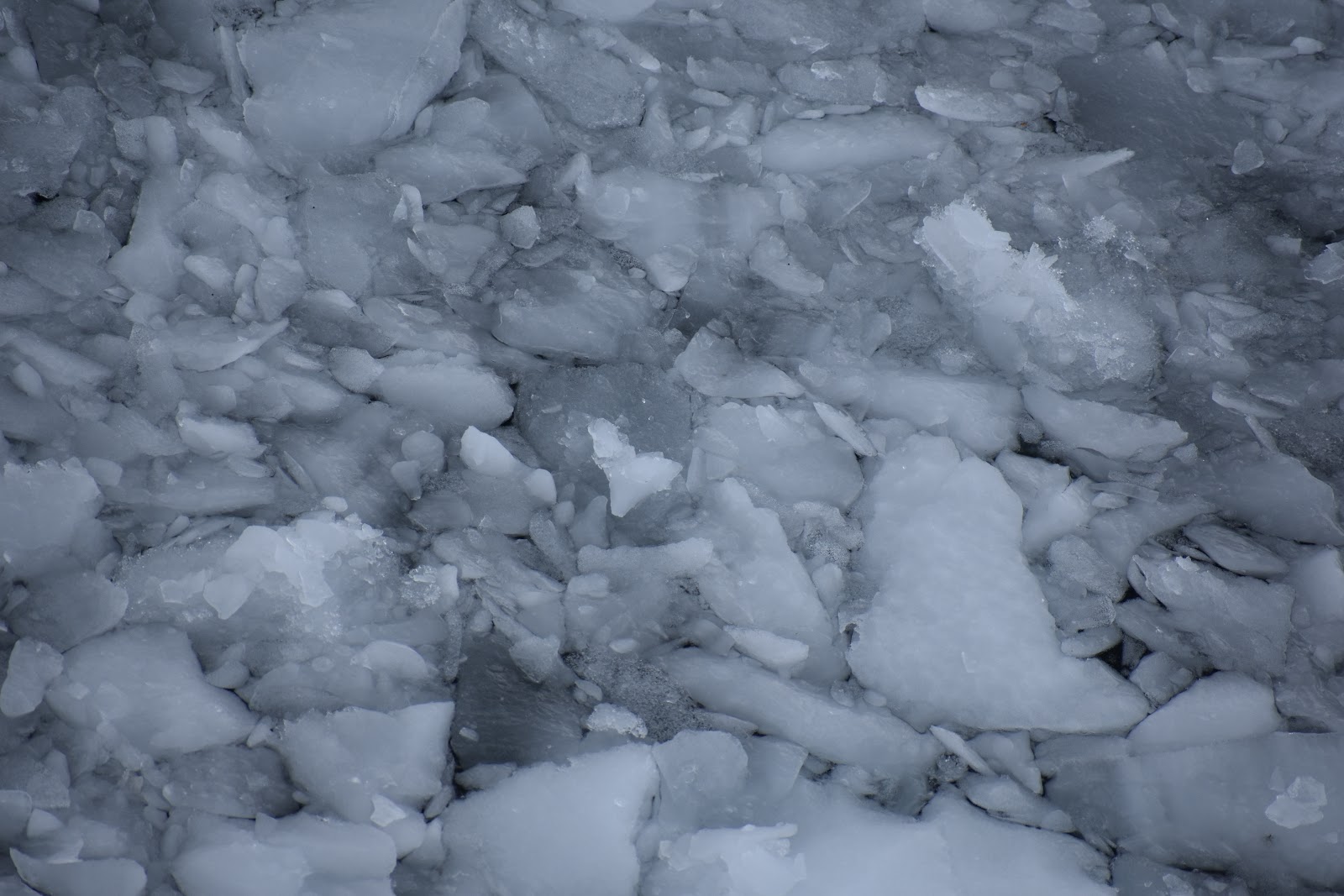





Comments
Post a Comment